The festival’s origin is Inca. It takes place every on June 21 when the sun passes through the Tropic of Cancer. In the Southern Hemisphere, the sun reaches its lowest height of the year. Consequently, it is also the longest night of the year. In Ecuador, there are no clear seasons like spring, fall, summer, and winter. However, since this festival is enjoyed during a dry period with cool temperatures, it is an ideal time for harvesting corn, barley, wheat, and other delicacies that Pacha Mama bestows upon us.
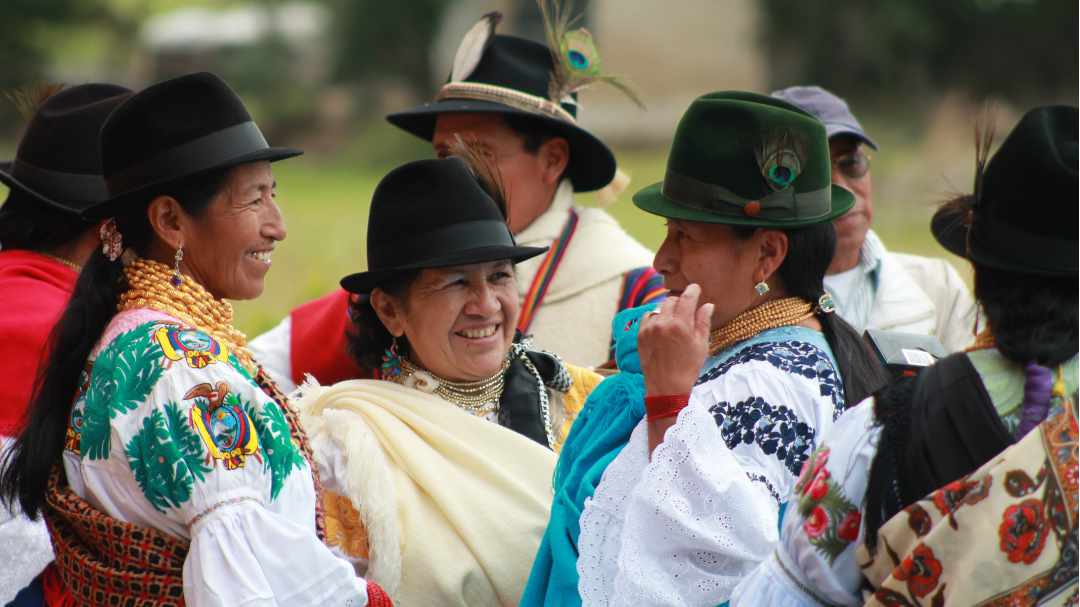
The Sun Festival Along the Equator
The Raymis enable communities to organize their cultural celebrations and their agricultural calendars around the central protagonist, the sun. Two dates are of utmost importance.
Inti Raymi, takes place on June 21 when the proximity of the sun to the earth marks a new annual cycle. This being the harvest season. Inti Raymi is also the feast of sun and light.
Kapak Raymi takes place on December 21. This is the winter solstice when the masculinity of the universe is celebrated. This is planting time when the sun is moving away from the equator. This time is also called Inti Guatana which means to harness the sun.
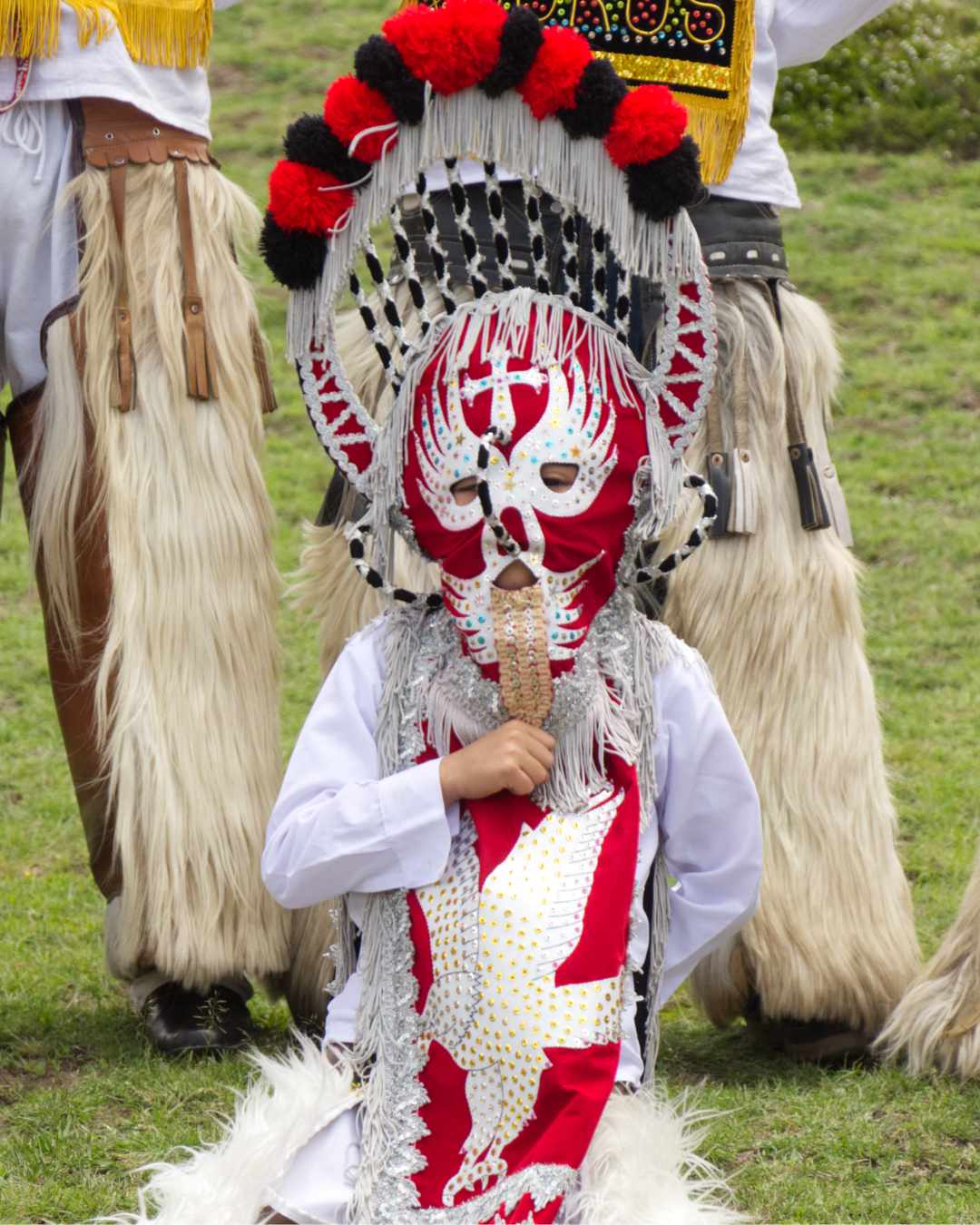
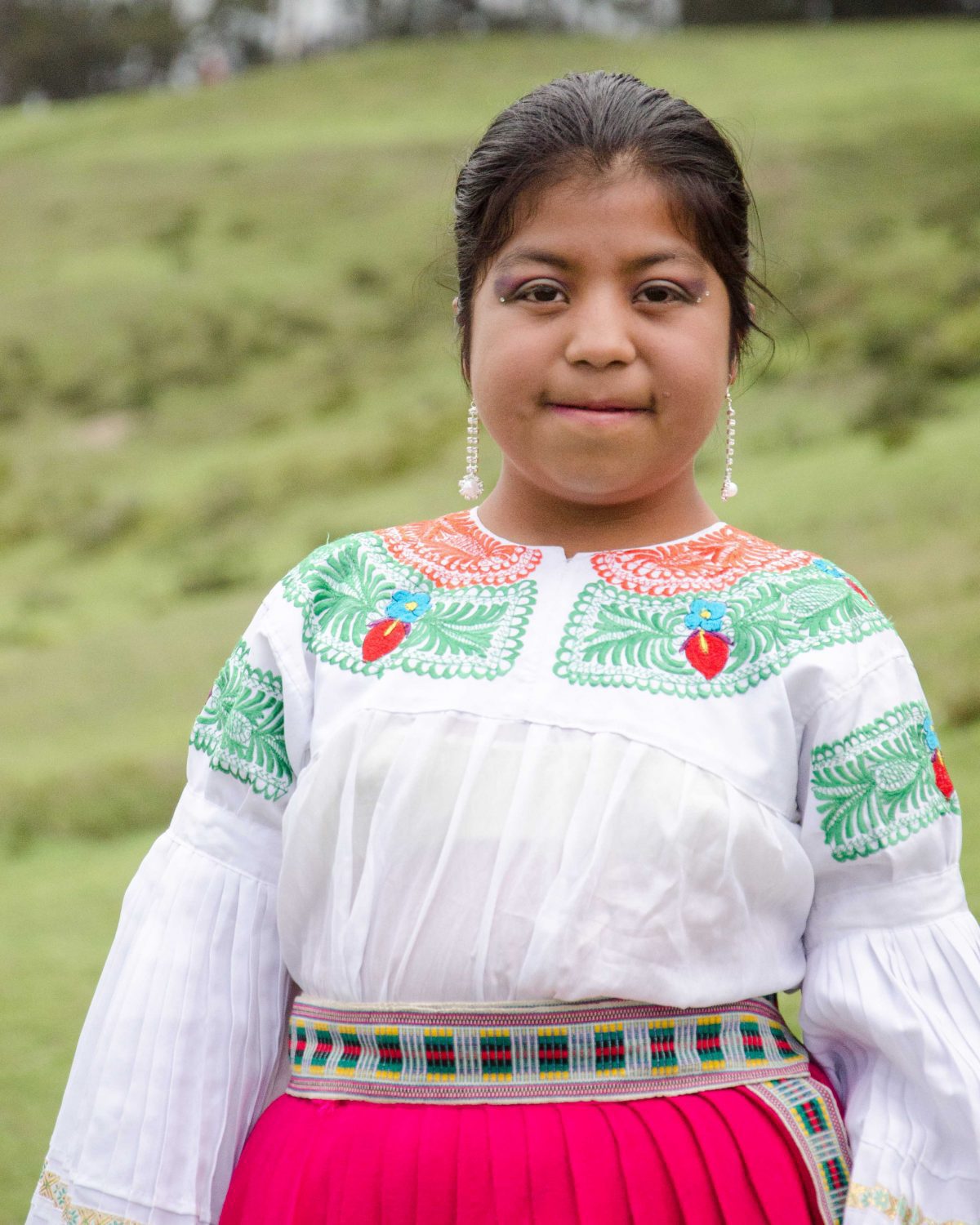
An Ancestral Festival for All
The indigenous communities live with joy and in a committed way all their ancestry, they prepare in time, they choose a year in advance the hosts who will organize the party next year, always with the support of the community. This will allow to welcome their own and visitors who will come from many parts of the country and the rest of the world, it will be the opportunity to meet, thank for the food that Pacha Mama or Mother Nature offers them, as well as generously share the energy and vitality of its traditions.
There are several rituals with which the Inti Raymi is celebrated. One of them is the energetic renewal that consists of submerging or entering waterfalls, rivers or springs bordering each community and through torrential or calm water, which descends from the moors or slopes of the snowy mountains, the objective is to purify spiritually , thank the greatness of nature and reaffirm the commitment to Pacha Mama.

La Pambamesa is a generous and important act in the Andean worldview. It is the moment when family members, communities, and guests delight in a buffet-style feast of local produce. No matter the color of one’s skin or relationship to the community, everyone is welcome to share in this moment.
Dance and music as well as silence and contemplation are part of the ceremonies that take place in hills. Visceral energy permeates community members from the early hours of the morning when welcoming the sun’s first rays to the eventual sunset when dancing and singing take hold. Finally, sacred offerings of flowers and food are shared in thanks to the Pacha Mama.
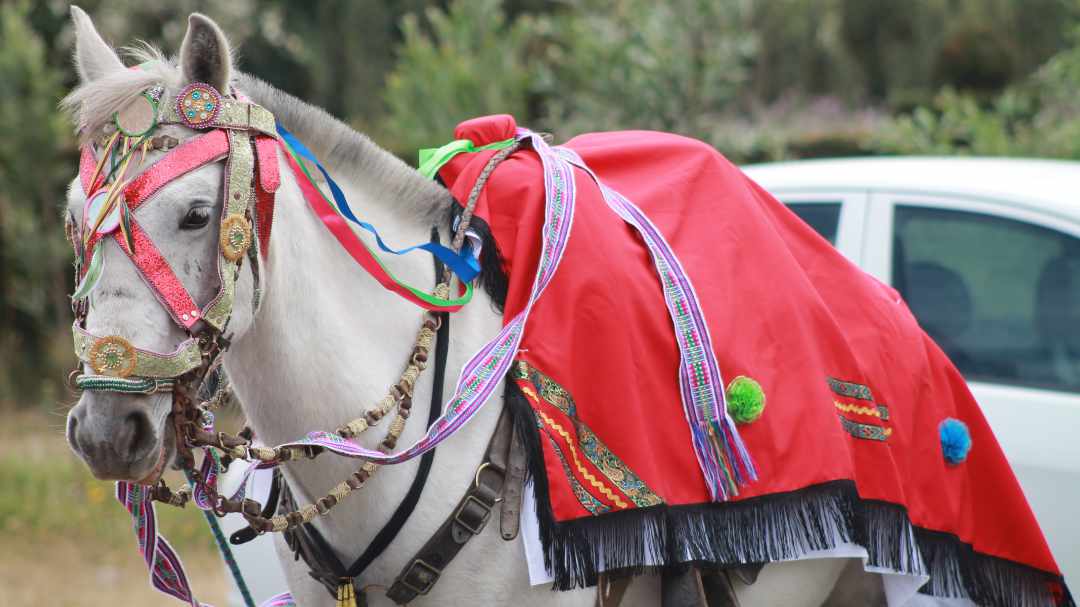
The Fiesta of San Juan in Zuleta
Several Saints Days are celebrated in and around the time of Inti Raymi. In Zuleta, they celebrate the festivities of San Juan. On June 24, they dance and celebrate until Friday of the same week, a peak moment in which around 600 visitors gather (each year more arrive). Using the houses of the Priostes (in English, hosts), the community prepares the Rama de Gallo, with the most colorful and unique embroidered costumes, with fine instruments and special songs. Some are happy and others are sad but the music always includes dance and rhythm. The lyrics reflect that past and present retain much in common. The celebration in Zuleta includes characters such as the Prioste de Gallo or Prioste Mayor, the Prioste de la Compostura de Caballo who delegates women to lower the horses and take care of the fruits that will be offered to the spectators, the Prioste de la Loa who delegates the organization of the festival to minor priostes. Finally, after spending the day visiting, each house hold enters the street and engages in a grand, energetic procession. The procession ends at the Hacienda Zuleta where they thank and share this climactic moment.
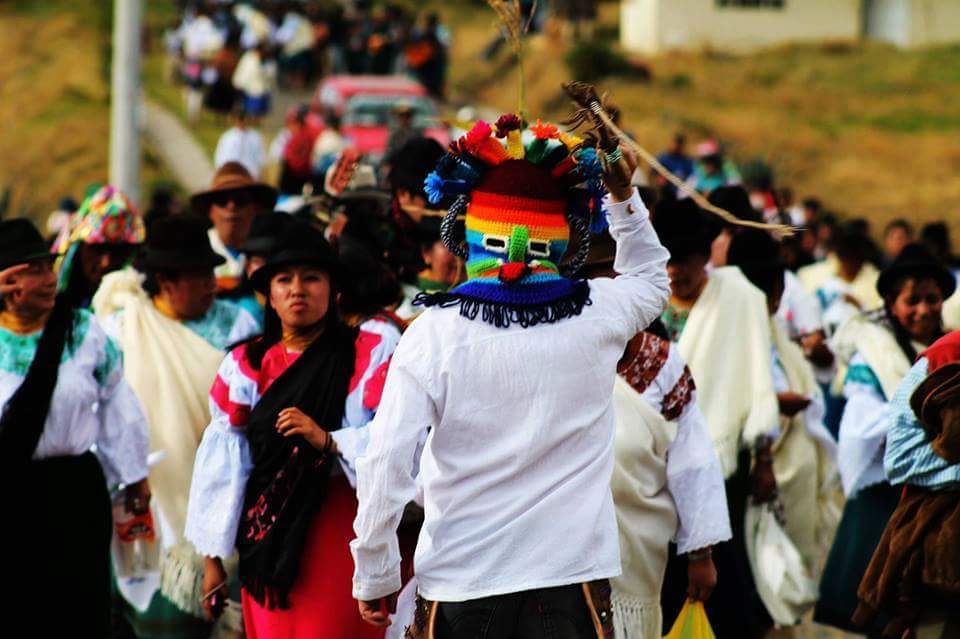
La Noche San Pedrina In Tabacundo
Another Inti Raymi-style celebration occurs in Tabacundo on the night of June 28, the Feast Day of San Pedro (St. Peter). Regardless of whether the Feast Day falls on a Monday or a Saturday, people from all around gather for the celebration. It is the night in which people dance from dawn to dusk. This celebration attracts around 5000 visitors every year. Everyone dances relentlessly. Families and delegations join in. No matter the ages, everyone participates! This dance often lasts more than twelve hours and includes characters such as the Chinuca, the Aruchico and of course the infallible Diablohuma (Aya-Huma).


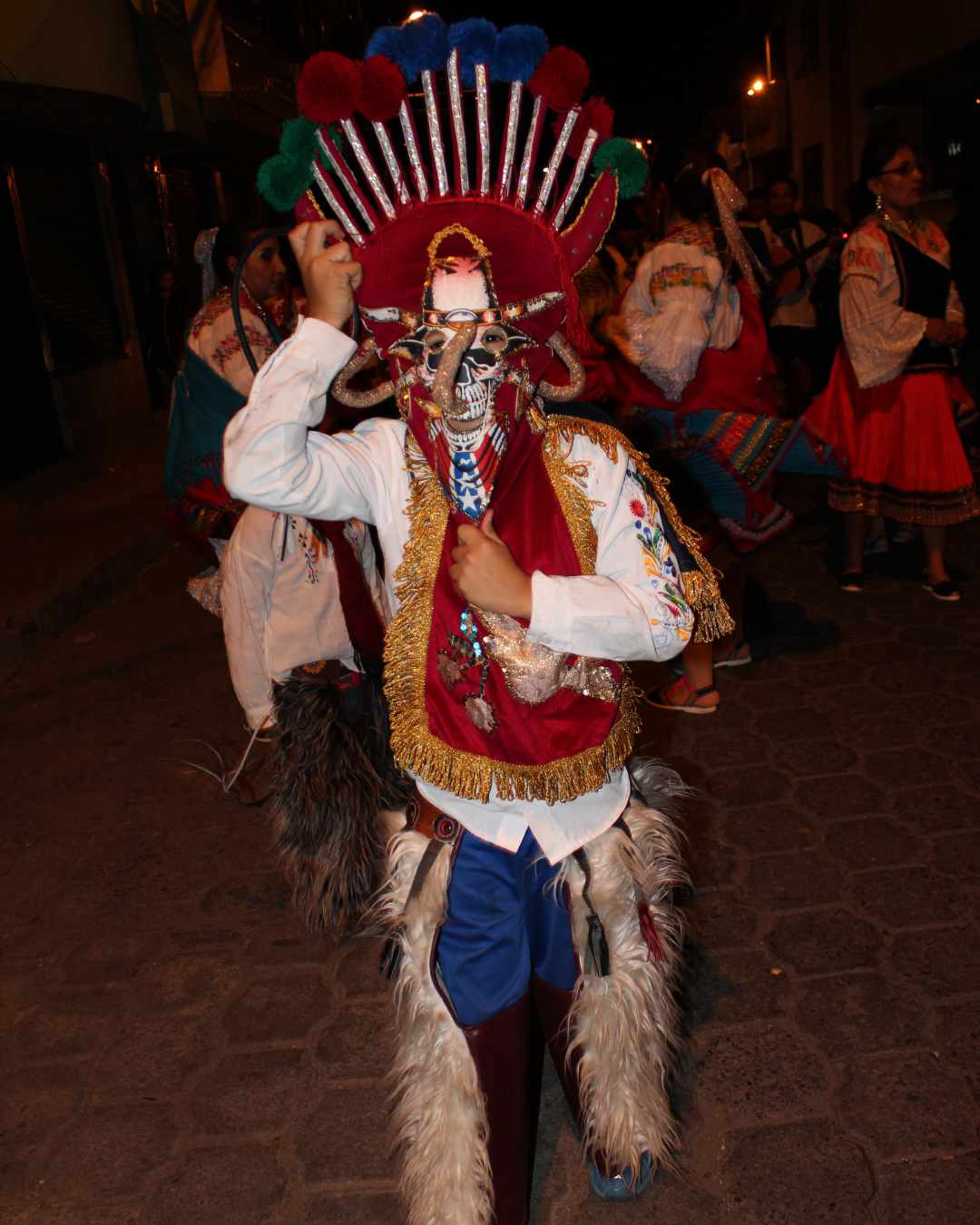
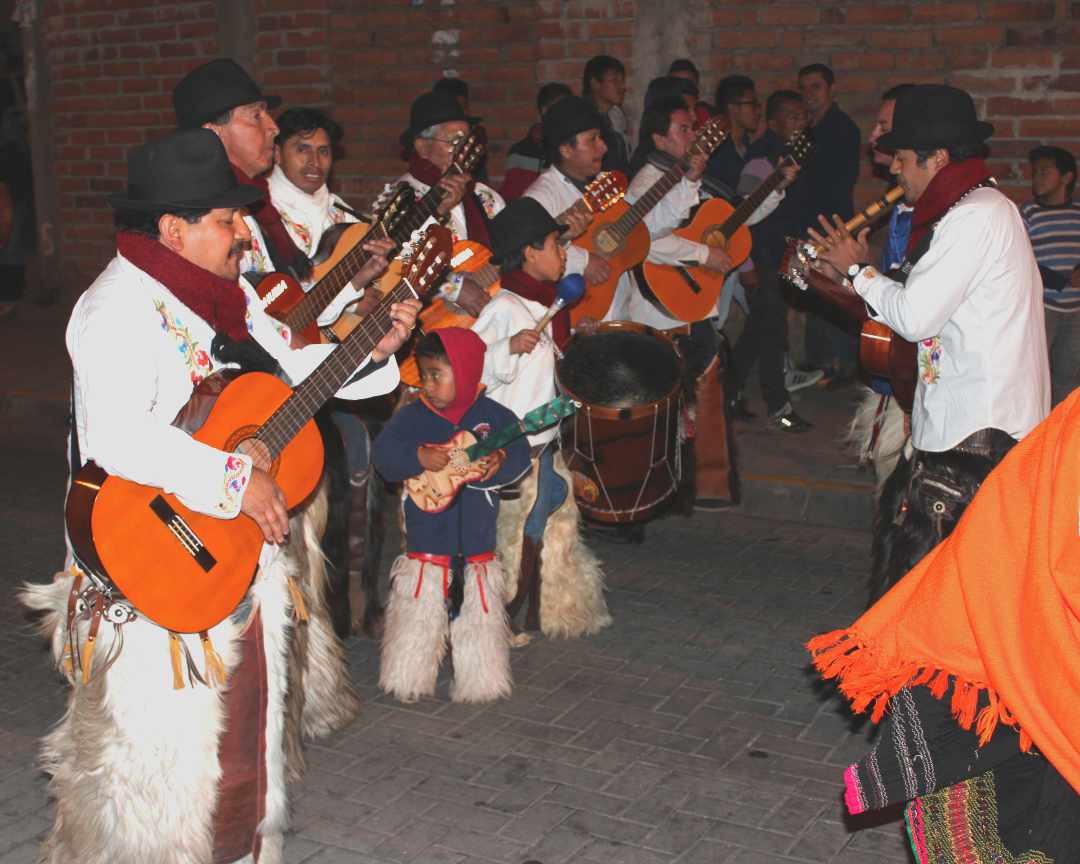
San Pedro in Cayambe
In the city of San Pedro de Cayambe, they celebrate San Pedro from June 21-29. This event brings together communities like Pesillo, Ayora, Juan Montalvo, Ascázubi, Santa Rosa de Cusubamba, Otón, Cangahua, Guachalá, González Suárez, Zuleta, Pisambilla, Olmedo, Paquistancia, La Remonta and more. Each community attempts to “La Toma de la Plaza because everyone wants to be the first to march and dance around the city square. No group would be complete without their own special music, song and dance, often accompanied by guitars, flutes, rondadores, a pan-pipe typical of the Ecuadorian Andes. Furthermore, everyone wears their best and most traditional finery with colorful details hoping to outshine one another. This is best seen during the Desfile de Alegría (Parade of Joy), an event of national importance that attracts many special guests who celebrate the origins of San Pedro de Cayambe.
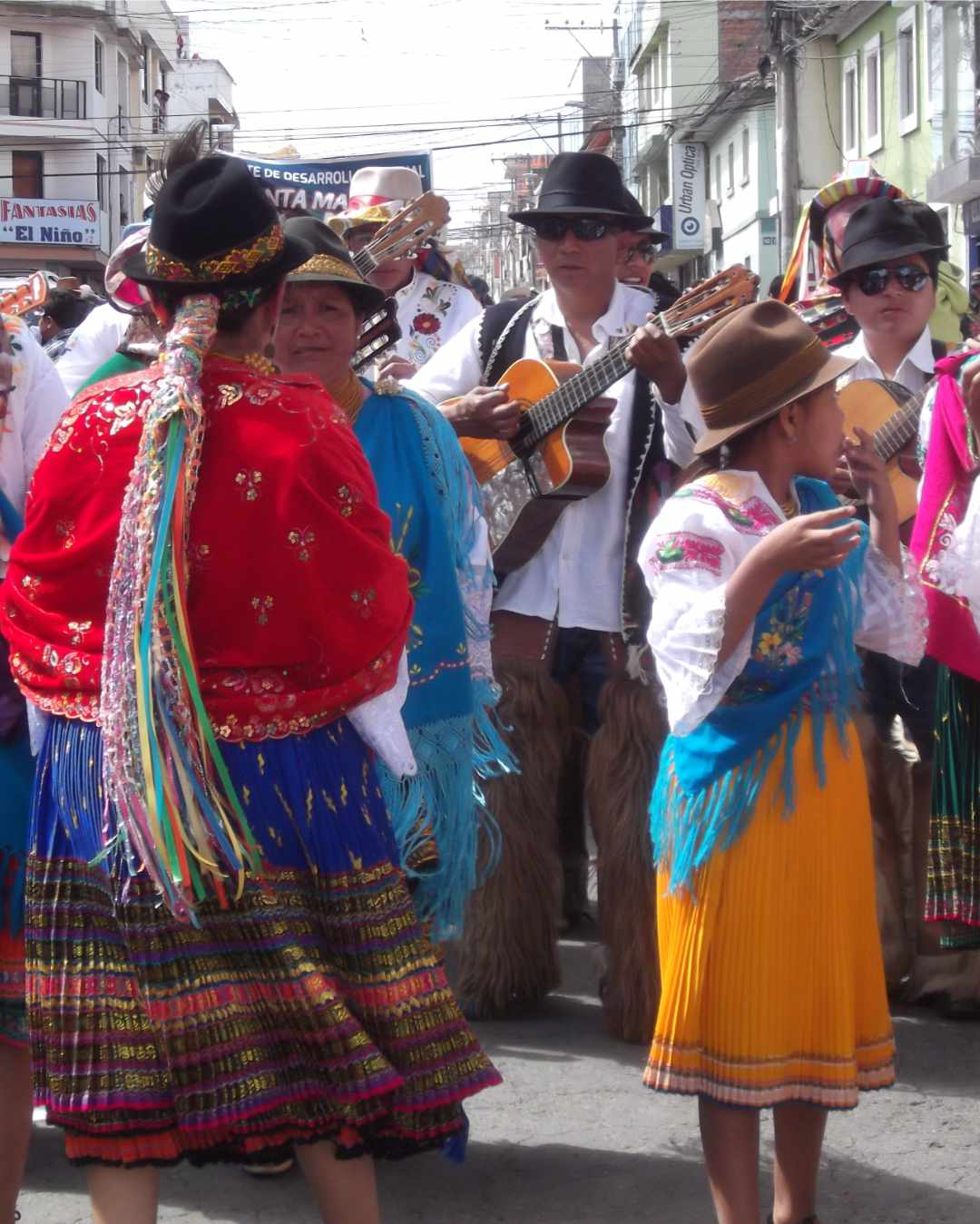
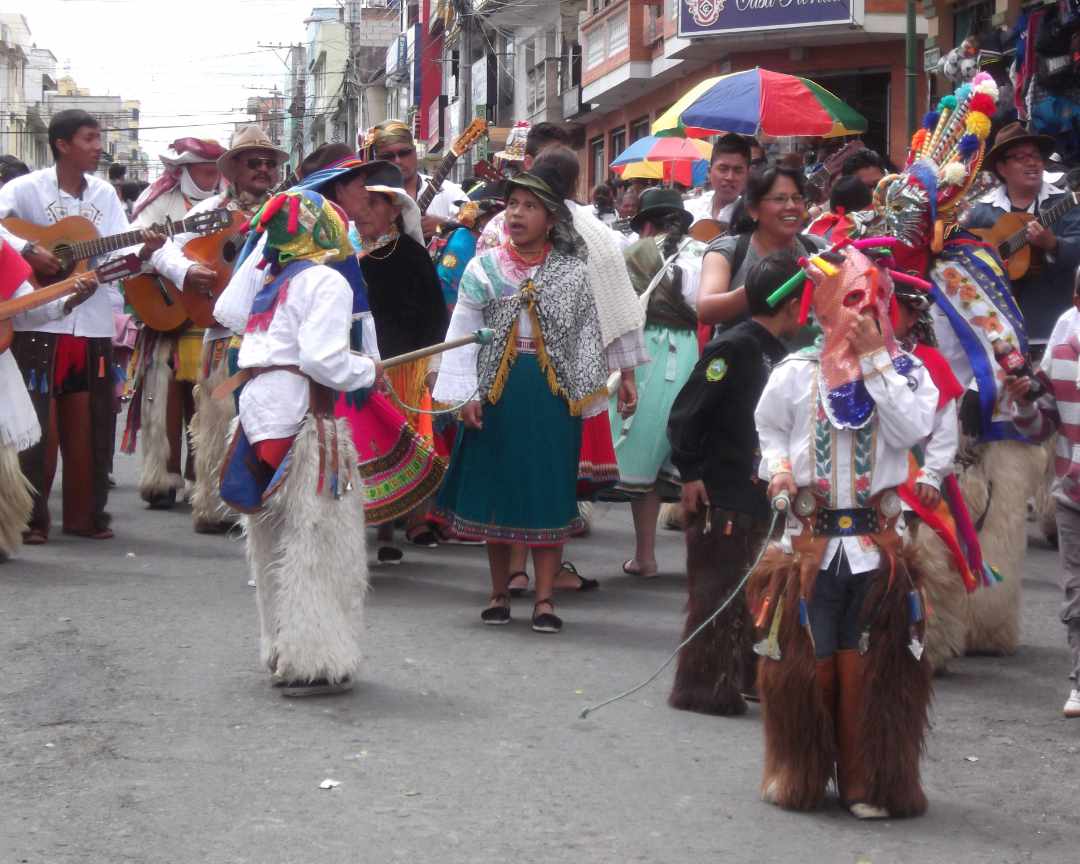
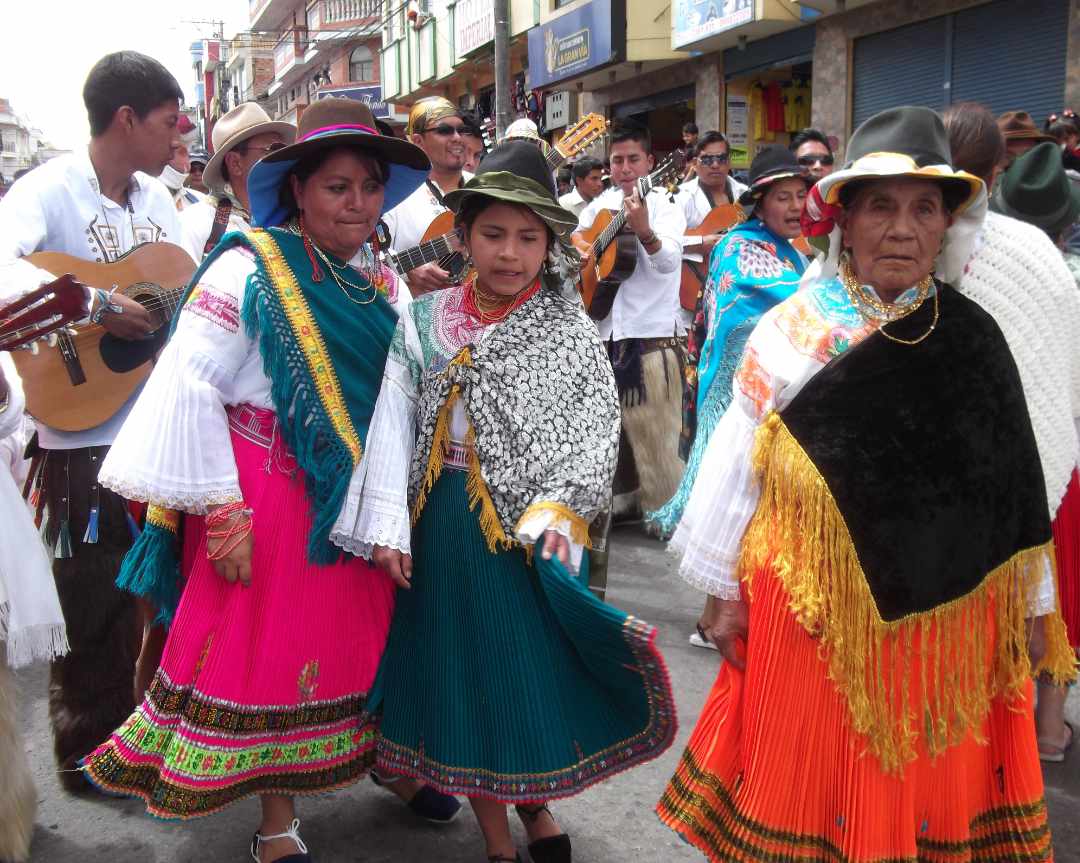
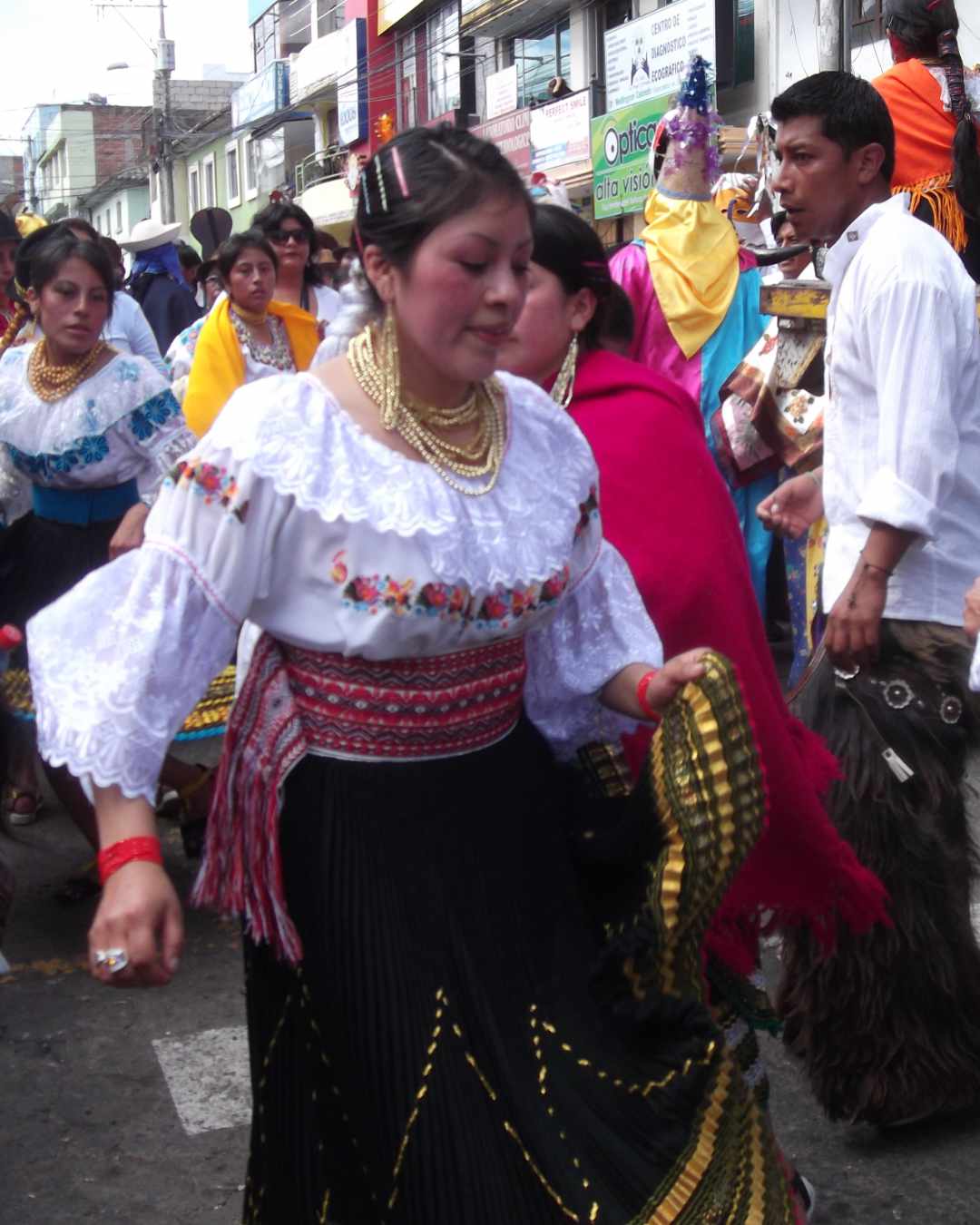
This mountain can be considered as one of the monuments with which Nature has made a great difference on Earth.
This year an Inti Raymi must be experienced from homes rather than in communities. But even during times of the Covid-19 quarantines, the joy of living this celebration in a different way will not be extinguished. Our indigenous ancestry and traditions do not die. They recharge and accumulate to so that we can zapatear again the next year.




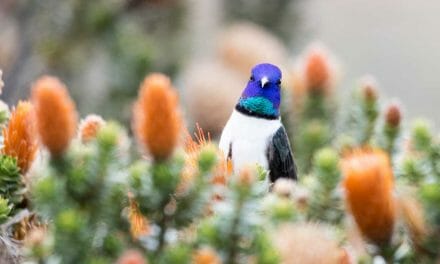
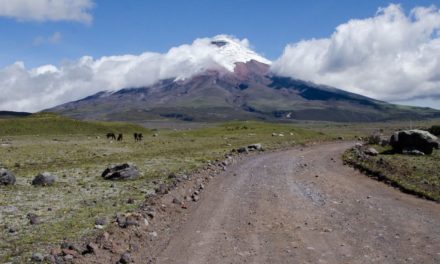
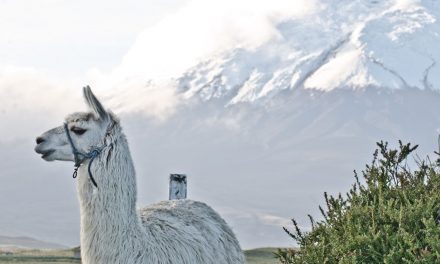











Thank you, mi querida Jacquie, for teaching me even more about the wonderful Inti Raymi celebrations that take place near your home! I have watched the dancers of Tabacundo at different events over the years and never realized that they have a special celebration all their own called La Noche San Pedrina. I love that you have started writing for us because it means that I will never stop learning about all that Ecuador has to offer! I can’t wait to read your next article.
Dear Angie, thank you so much for your warm words, I really appreciate your passion for the Latin America Culture, and in special for sharing your heart with us, it’s wonderful when the traditions and the ancestrality arrives to the other side of the continent with the happyness of the Inti Raymi celebration, We are together on the learning way, and of course Ecuador offers a huge cultural treasure to be discovered!
Gracias Angie, la amiga del Ecuador!